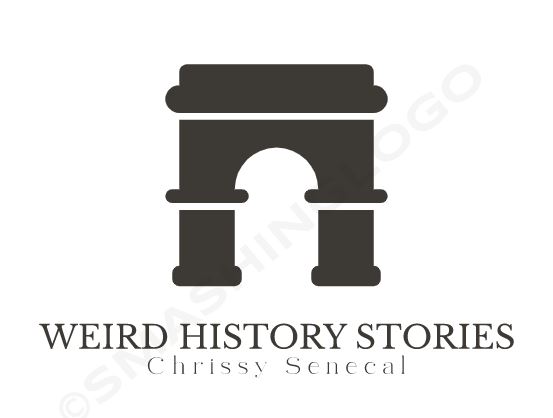Göbekli Tepe
To the northwest of the Fertile Crescent of ancient Mesopotamia, in the southeast of modern Turkey, lie the ruins of one of the most important archaeological sites in human history: the stone monuments of Göbekli Tepe. Only discovered in the 1990s (earlier archaeologists has thought the remains medieval), Göbekli Tepe sprawls over twenty acres […]




















